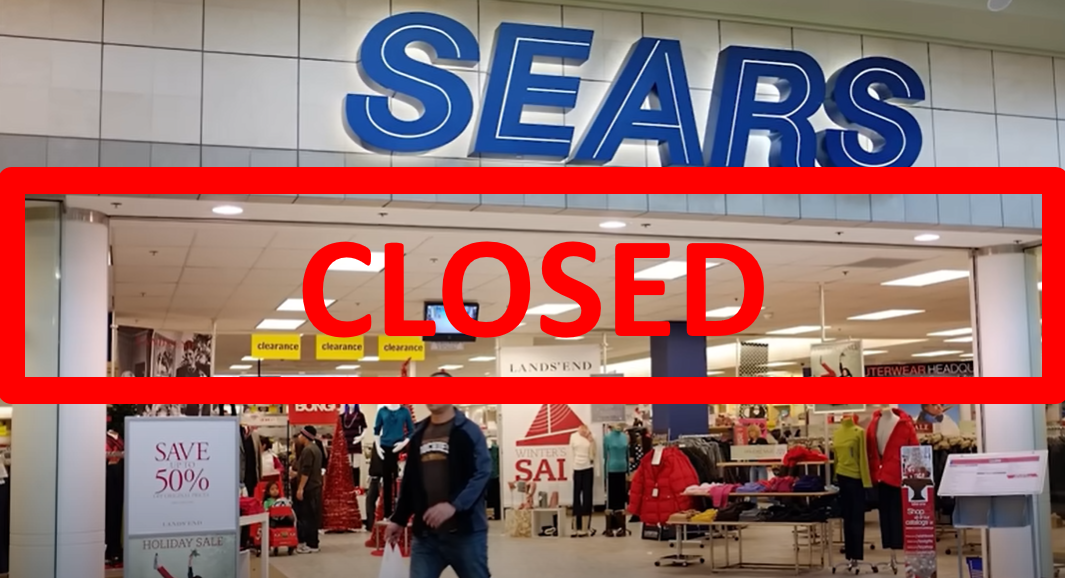
Once a retail giant, Sears was one of the most successful retailers in the United States in the 20th century. However, in recent years, the company has struggled to stay afloat, and in 2018, it filed for bankruptcy. In this article, we will explore what Sears did wrong that caused them to fail.
One of the key mistakes that Sears made was a failure to adapt to changing consumer behavior and the rise of e-commerce. As more and more consumers began to shop online, Sears was slow to invest in e-commerce technologies and establish a strong online presence. This left the company at a significant disadvantage compared to competitors like Amazon, who were able to offer a wide range of products online and deliver them directly to customers’ homes.
Another factor that contributed to Sears’ decline was a lack of investment in its physical stores. While the company’s stores were once considered some of the most innovative and attractive in the retail industry, they had become outdated and unappealing to modern consumers. As a result, foot traffic in Sears stores declined, and the company was unable to attract new customers or retain existing ones.
In addition to these issues, Sears also struggled with inventory management and supply chain logistics. The company had a reputation for being slow to restock popular items, which led to frustration among customers who were unable to find the products they wanted. In addition, the company’s supply chain was often inefficient and unreliable, which made it difficult for them to keep up with demand and compete with more agile competitors.
Another issue that contributed to Sears’ decline was a lack of differentiation. As the retail industry became more competitive, Sears struggled to differentiate itself from other retailers and establish a unique value proposition. This left the company vulnerable to competition and made it difficult for them to attract and retain customers.
Finally, Sears also struggled with issues related to its finances. The company had a significant debt burden, which made it difficult for them to invest in new initiatives and compete effectively with other retailers. In addition, Sears had been selling off valuable assets, such as its real estate holdings, in order to generate cash and pay down debt. However, this strategy ultimately backfired, as the company was left with fewer assets to support its business.
So, what lessons can we learn from Sears’ failure? First and foremost, it is essential for companies to adapt to changing consumer behavior and invest in e-commerce and other technologies that make it easier for customers to shop online. This means investing in platforms and technologies that make it easy for customers to find and purchase products online, as well as developing a strong online presence and establishing a unique value proposition that sets the company apart from competitors.
It is also important for companies to focus on differentiation and to establish a unique value proposition that resonates with customers. This means investing in research and development, developing new products and services that meet customer needs, and developing a strong brand identity that sets the company apart from competitors.
In addition, companies must be willing to invest in inventory management and supply chain logistics in order to ensure that they can keep up with demand and restock popular items quickly. This means investing in systems and processes that make it easy to track inventory levels, identify trends, and restock items in a timely manner.
Finally, it is important for companies to manage their debt burden carefully and to focus on long-term growth and sustainability, rather than short-term profits. This means being careful not to take on too much debt, investing in initiatives that will create long-term value for the company and its stakeholders, and being willing to make difficult decisions in order to ensure the company’s long-term success.
In conclusion, the failure of Sears serves as a cautionary tale for businesses of all sizes and industries. The company’s failure to adapt to changing consumer behavior, invest in e-commerce and other technologies, and establish a unique value proposition ultimately led to its downfall. By learning from Sears’ mistakes, businesses can position themselves for long-term success in a rapidly changing business environment.


